From the 400,000 ISO of α7s ii, the DSD hard solution of NWZ-ZX2, the balanced output of DSEE HX technology and PHA-3, etc., the number of “black technologies†that can be counted out is not small.
Of course, if you want to talk about Sony's black technology, it's ultimately TV. When many manufacturers are still using 7 mm, 8mm thickness to advertise their TV is "ultra thin", Sony has reduced the thickness to 4.9mm. 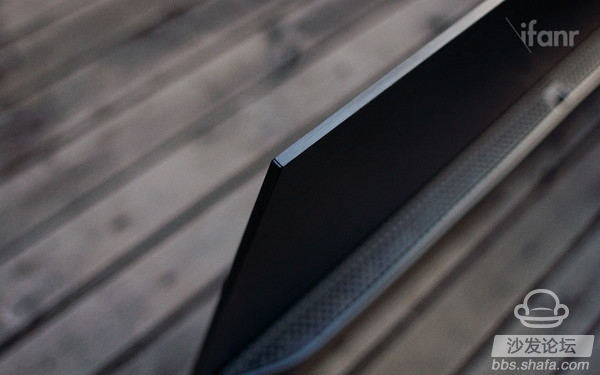
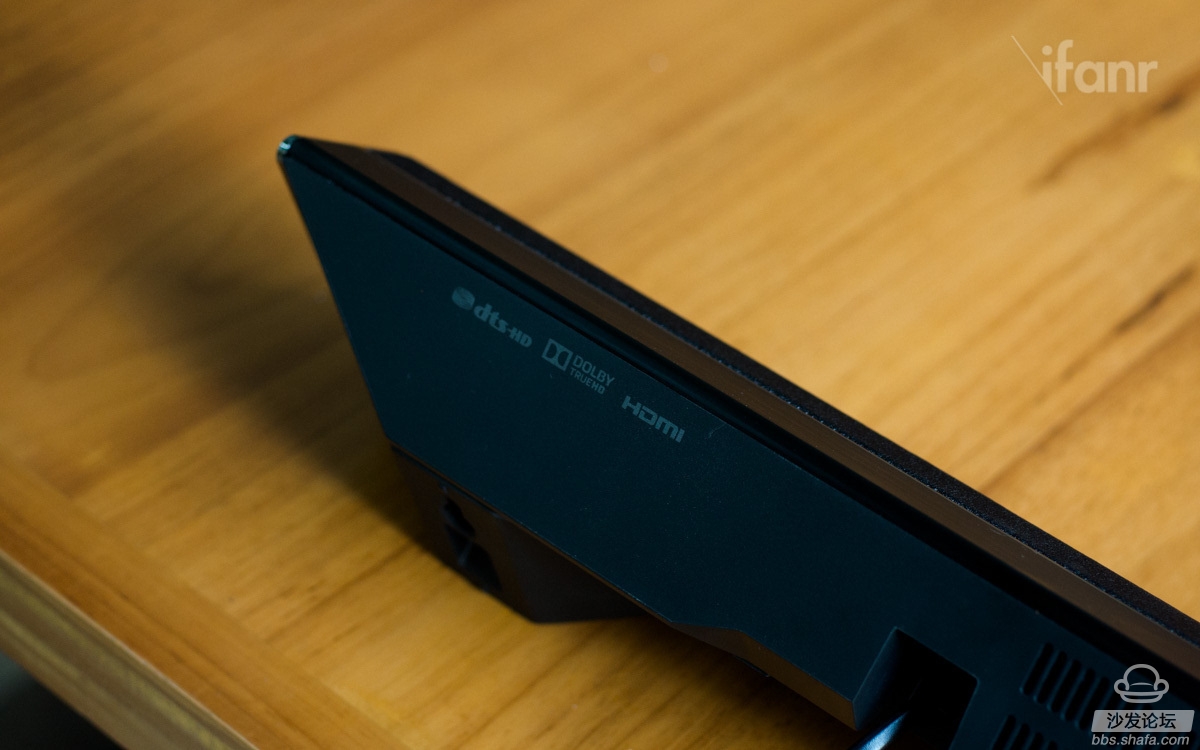
Appearance design: shocking as thin as a flap 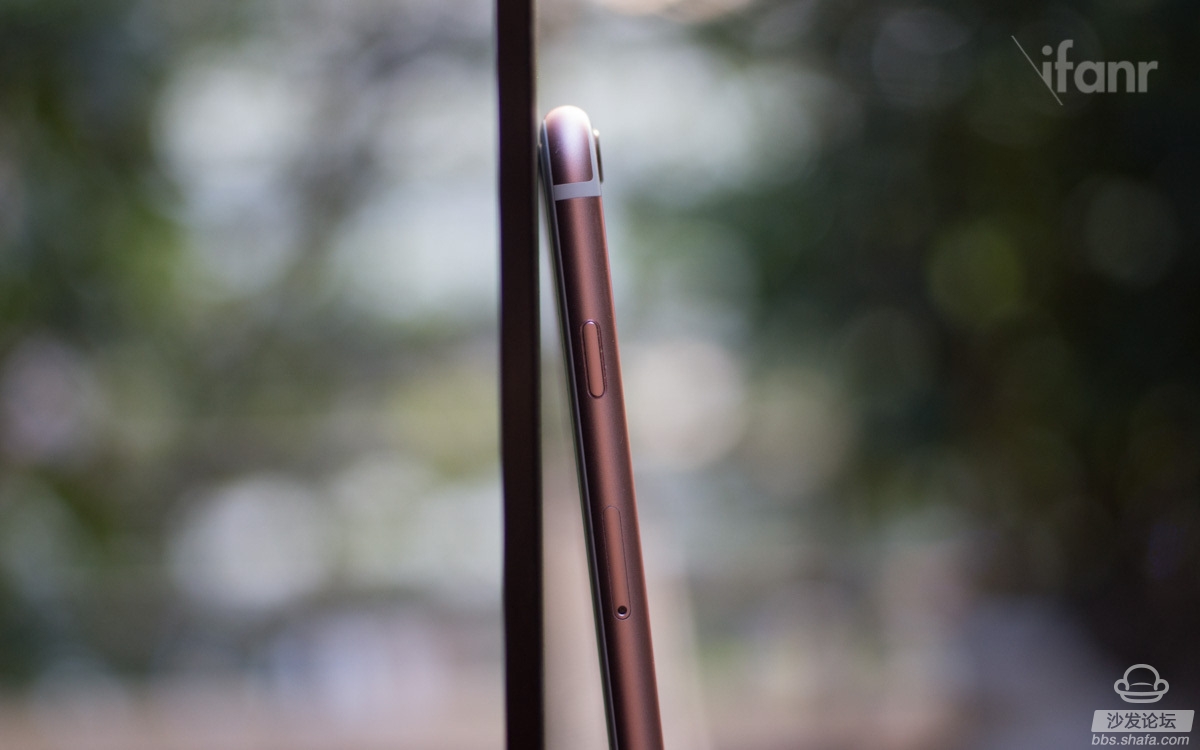
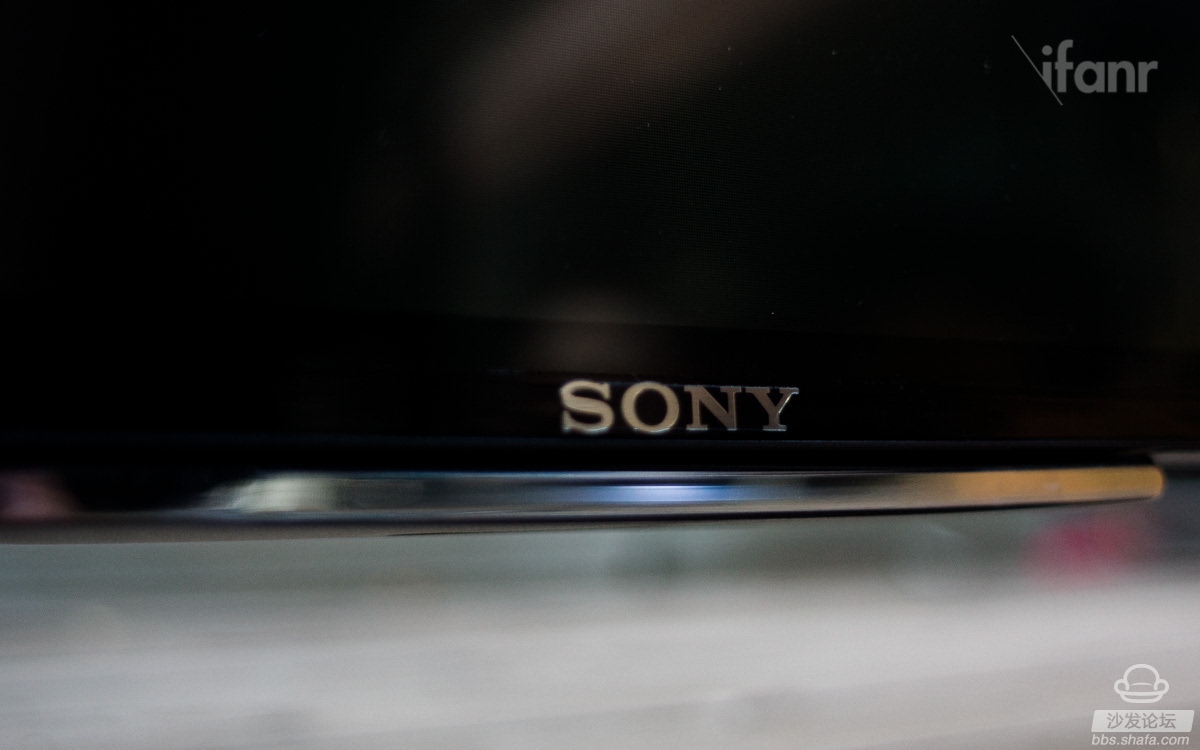
However, there is still a point here that makes me dissatisfied. The "BRAVIA" logo in the upper left corner of the front screen turned out to be stiff with hard stickers. If you look closely, you can see the rough stickers. In fact, Sony is completely capable of displaying this logo in a better way, because it is really inappropriate to deal with rough appearances and plant them at this point.
Interface: The advantages of full compatibility 

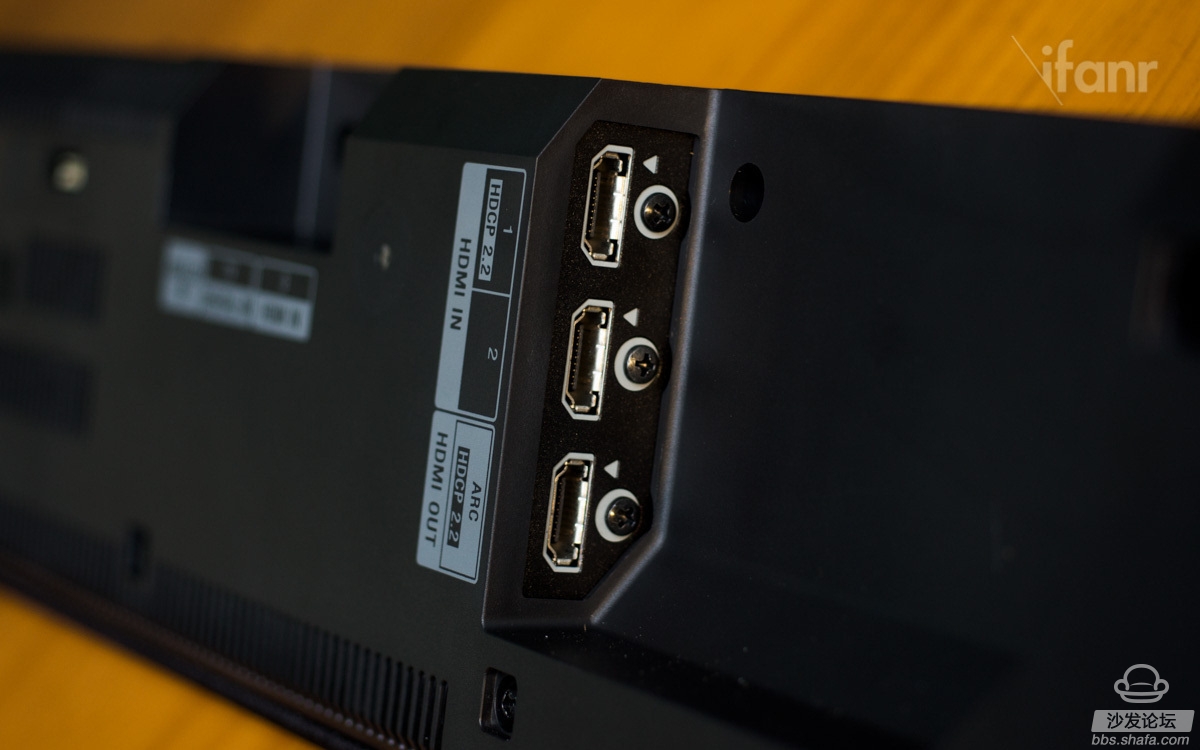
Display effect: The amazing X9000C brought by the new black technology is equipped with Sony's latest image processing chip X1, which will be responsible for 4K X-Reality Pro image engine, light control technology and other technologies. At the same time, with the improvement of processing performance, the X1 can cope with the large amount of computation required for high image quality, and the X9000C's image quality can be further improved. 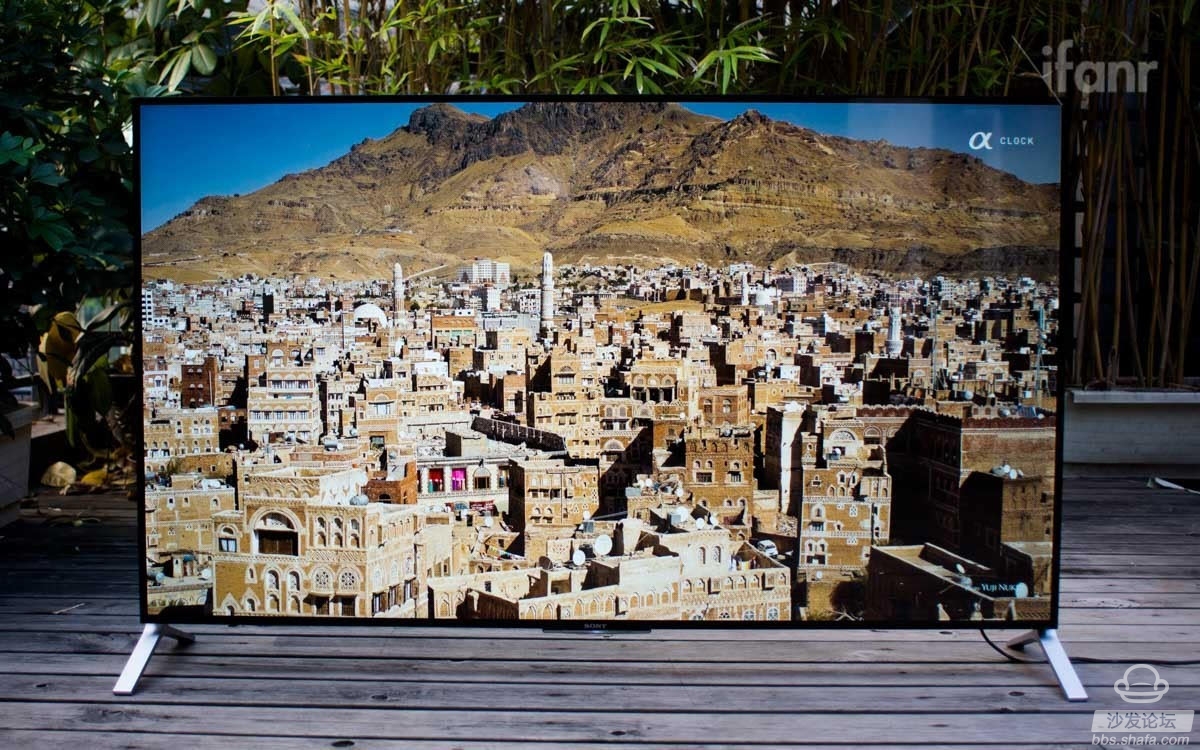

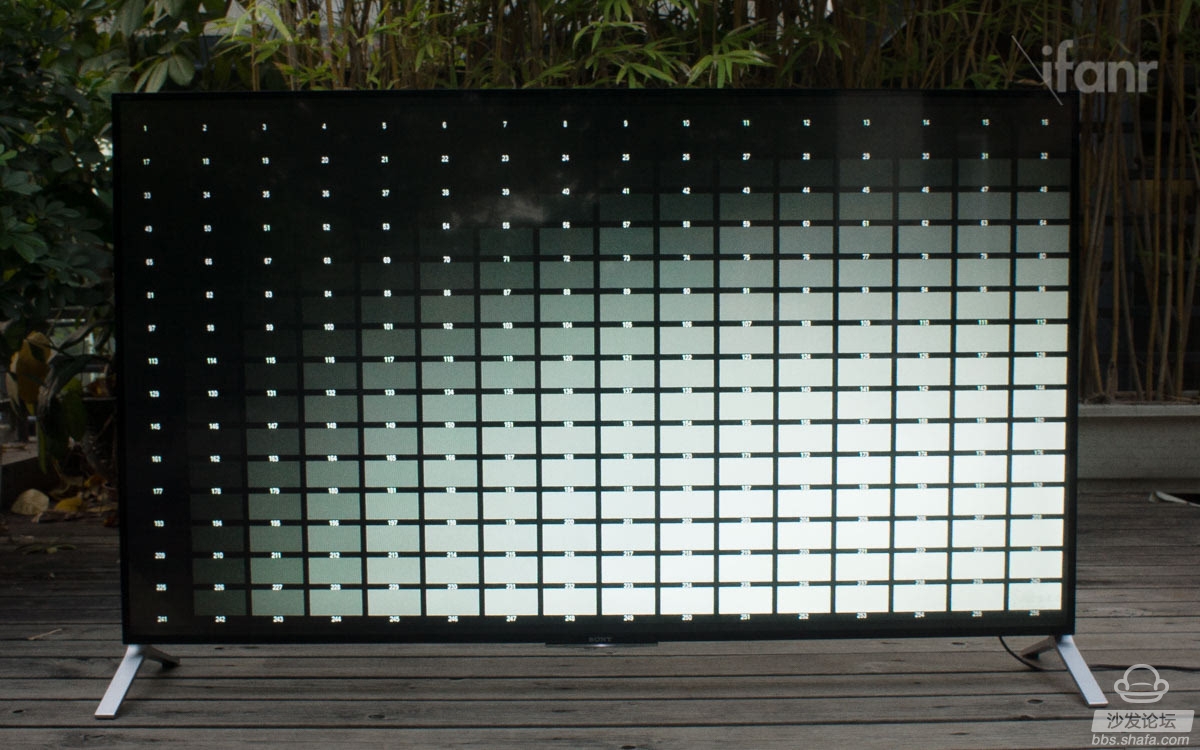

Although sometimes the X9000C's imaging may be somewhat magenta and too bright, this is less important given that it is a TV and not a professional color display. 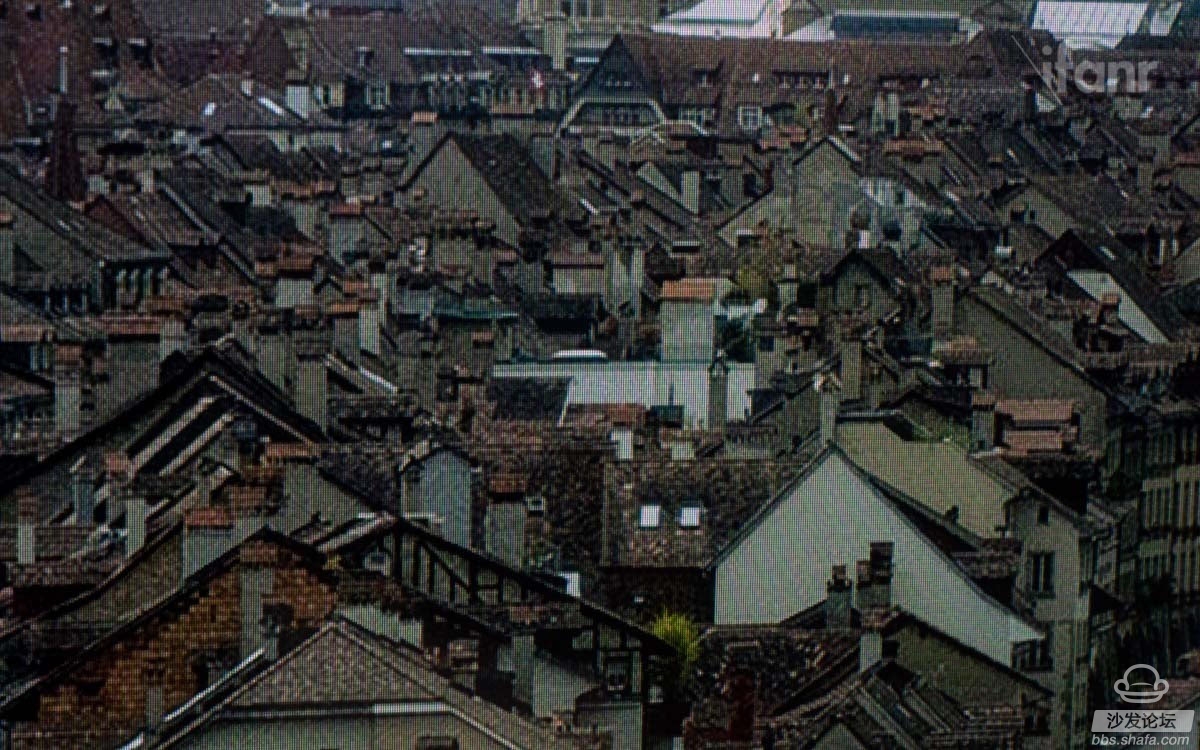
This is a picture taken with a reading distance close to a normal tablet computer when browsing the built-in high-quality pictures with the X9000C. From the real shot of the camera we can still see that the X9000C has a nice screen detail. The details of the bricks and tiles in the house are still clearly visible, and the best viewing distance of 80 ppi plus 4.1m to 5m (the X9000C in this evaluation is a 55-inch version), the exquisite degree of the picture can still be guaranteed of. There will be no noticeable jagged and obvious graininess. 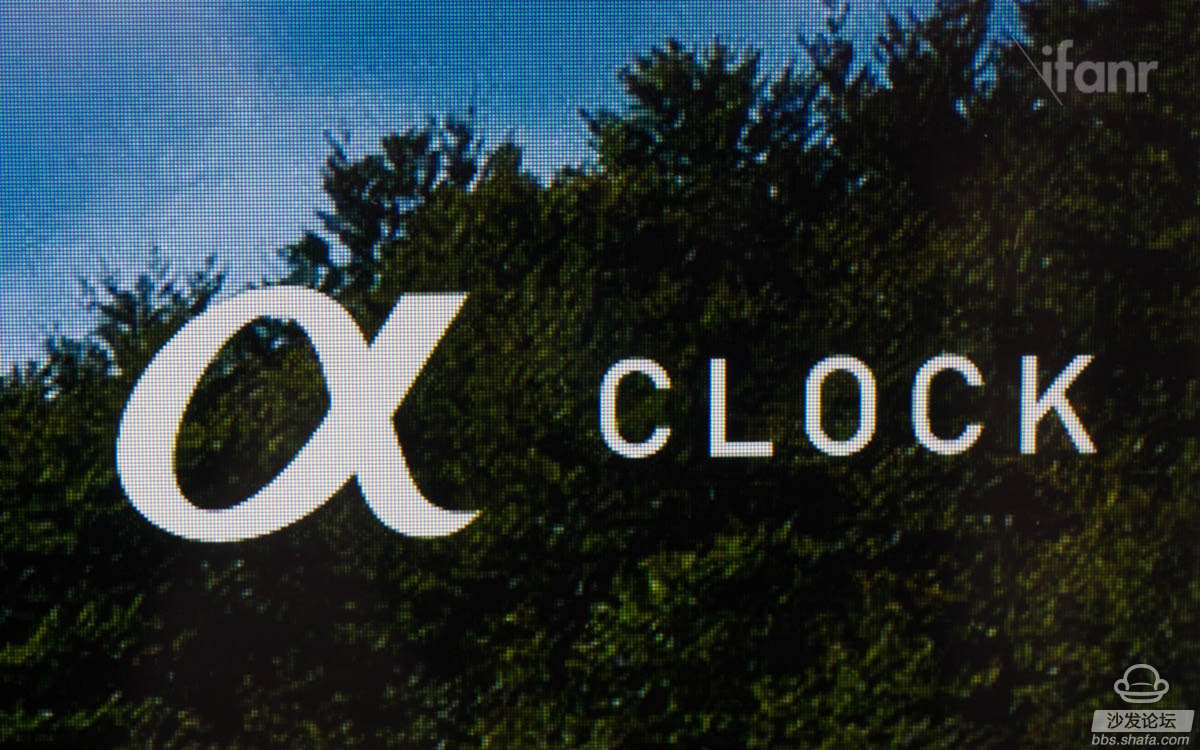

In addition, there is a more subdivided screen display adjustment menu in the X9000C system. Among them, Sony integrates these adjustable items into four aspects of brightness, color, sharpness, and motion. Users adjust the X9000C's display effect according to their viewing habits.
In general, X9000C still has the consistent quality of BRAVIA series. After adding the latest image processing chip X1, it can cope with a larger number of image processing operations. The precise and fine-tuned adjustment menu also has a comprehensive interface. X9000C already has a " The basic conditions for excellent display equipment, to say that it represents the strength of BRAVIA's new first-tier echelon, is by no means an exaggeration.
System Experience: There is still room for improvement 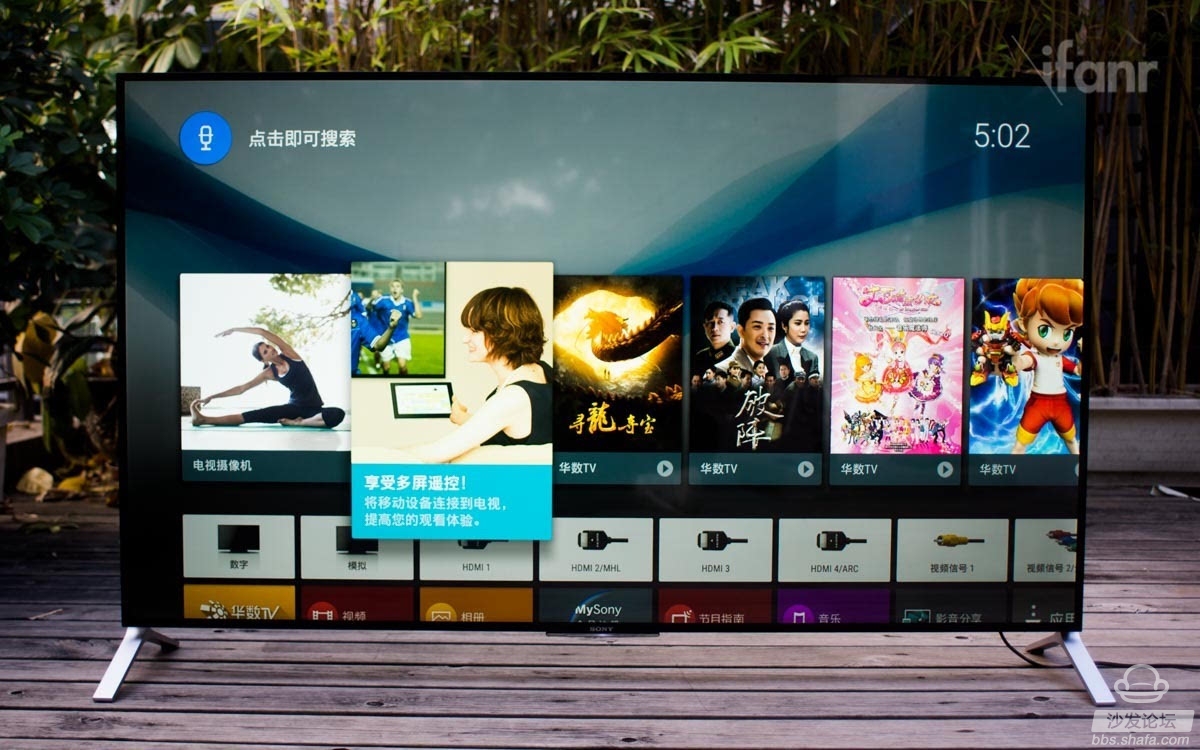
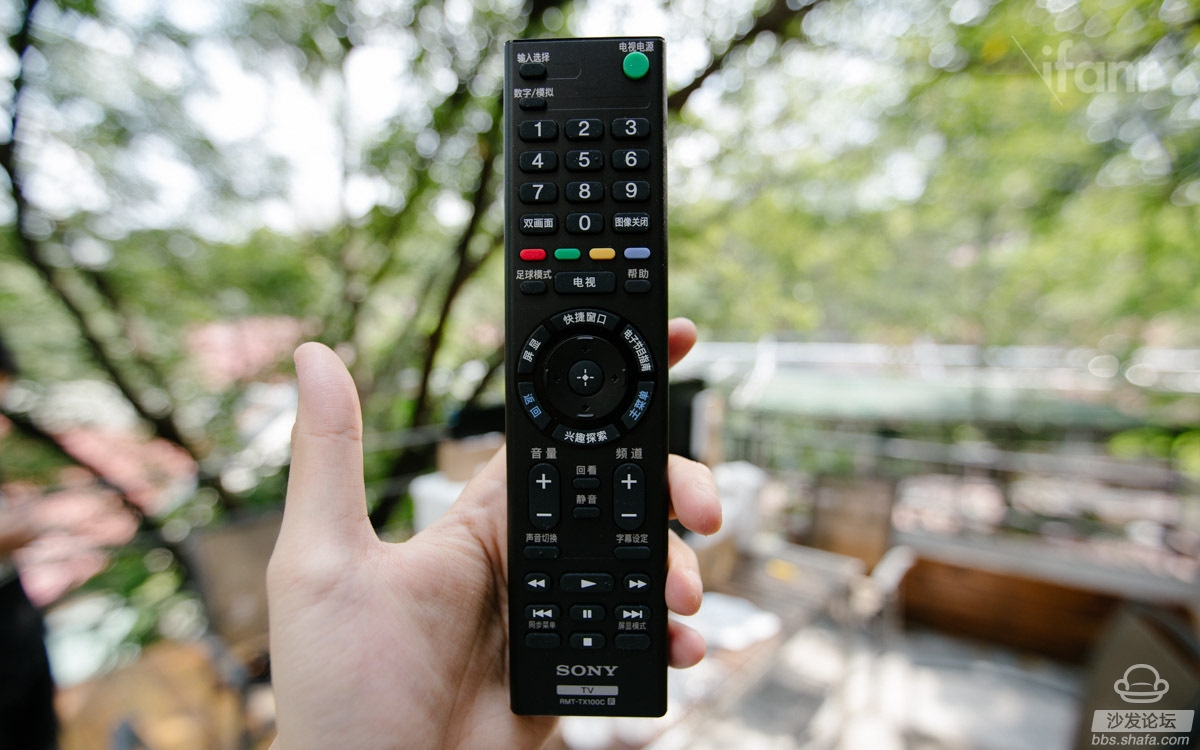
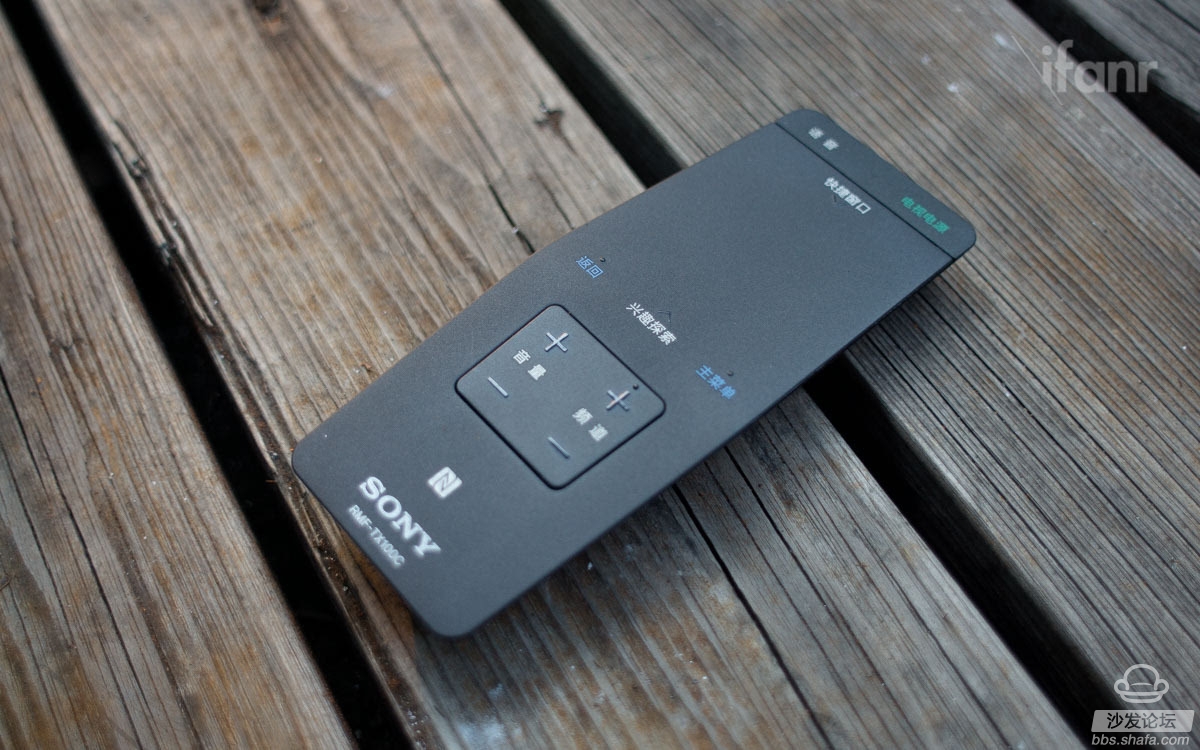
However, this touch remote control is not as easy as it should be. 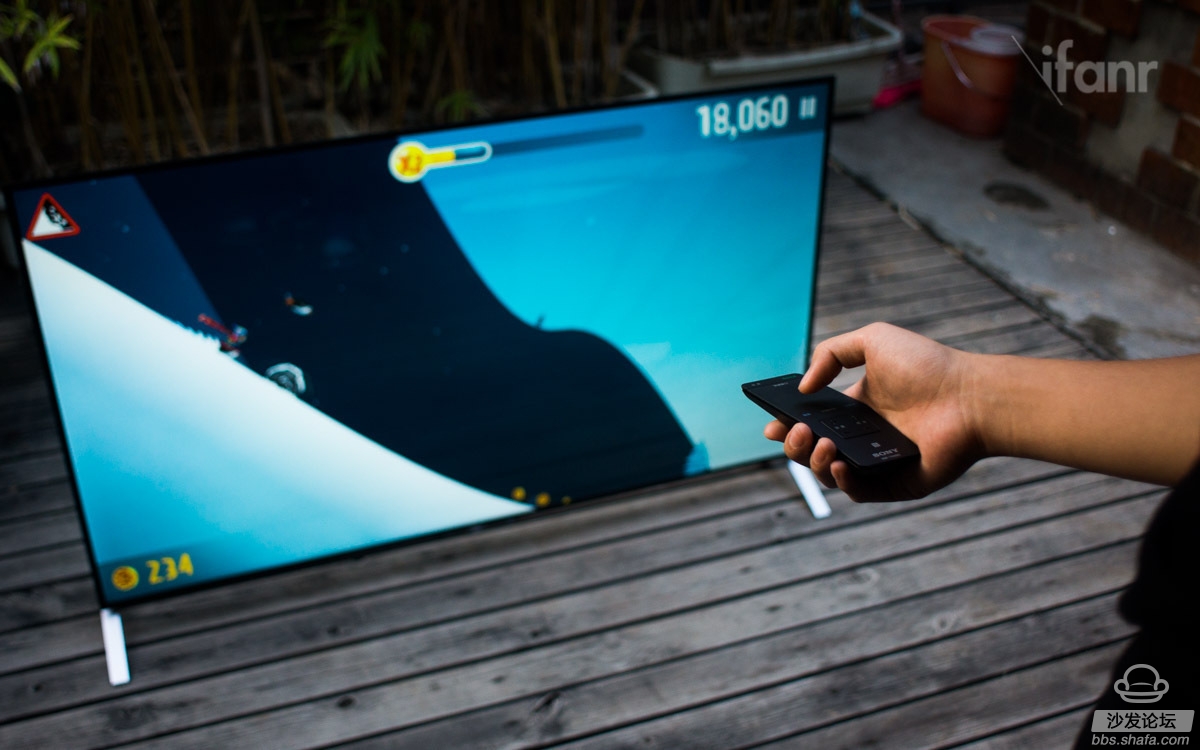
First of all, the touch is not clear, the key position is not obvious, and it is easy to touch the invalid area when playing. It is also easy to touch the top drop-down menu when playing a game, and this action causes the game to pause or some unnecessary hindrance.
In addition, in the main interface, if you want to switch to a simple setting menu, it is easy to encounter the voice control button. At this time, the return key may be invalid due to software optimization. So if you want to log out, you have to use the main menu key. It's still a bit cumbersome. 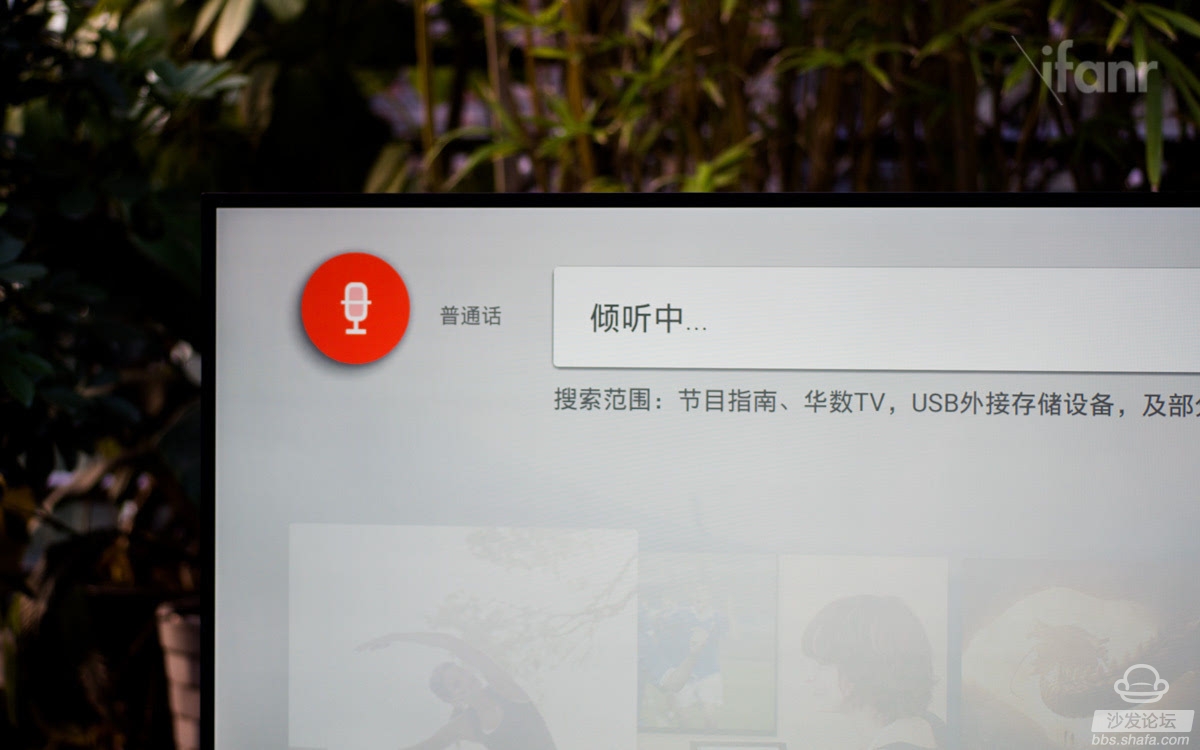
Fortunately, the X9000C's speech search recognition rate is still very high, basically able to understand the needs of users, the response is also faster. Although the search scope and features are not too powerful, the high recognition rate and fast features can bring a good experience to users who are not good at using this remote input. 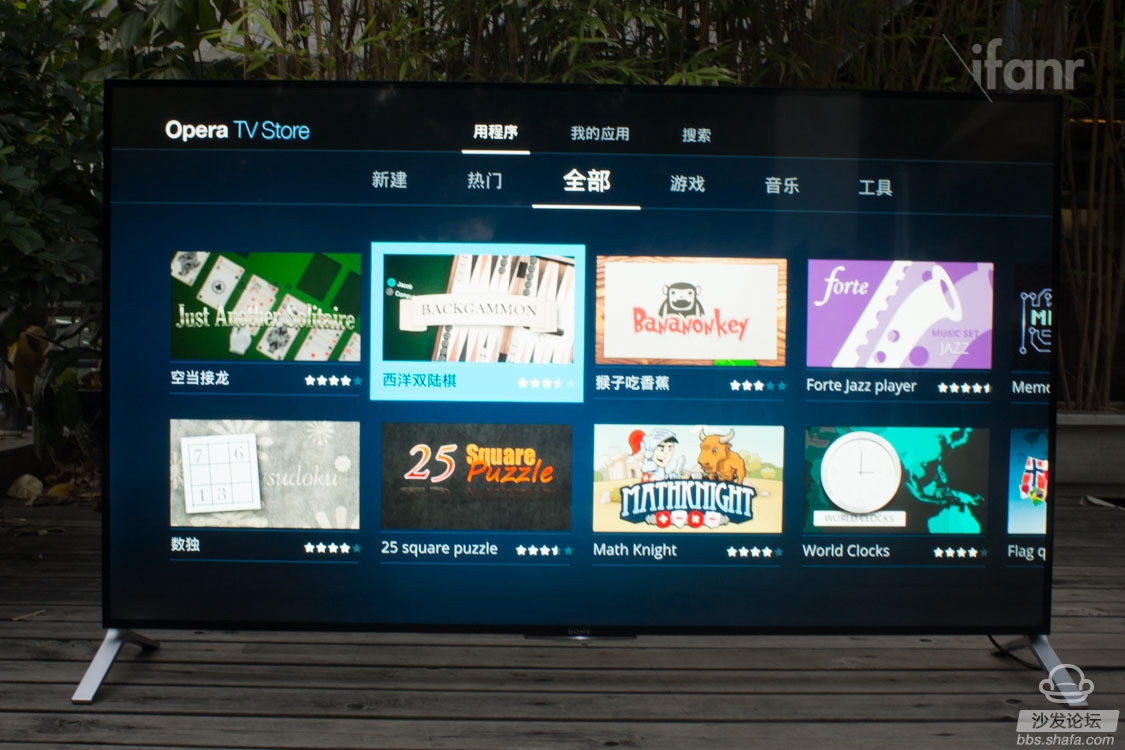

However, the contents of these two application stores are not very much, in addition to some basic subscription software, TV optimization applications and some over-the-air games on Android phones, there is no other choice. In this regard, the playability of the X9000C's system is still limited. However, it takes time to accumulate applications. I hope that in the future, as the user base increases, more high-quality TV applications can be brought in. 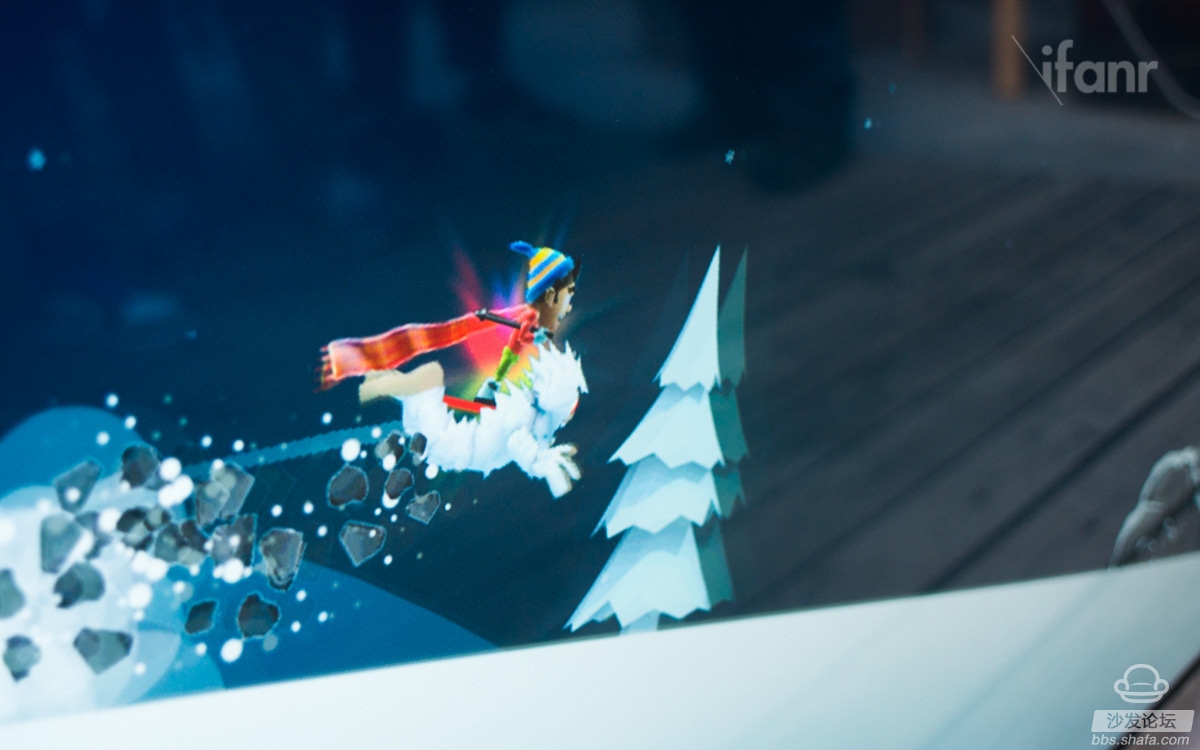
For example, this "Ski Safari" played in this evaluation is better, and with the optimization of Motionflew, the smear is not obvious, and it is OK under the X9000C display. However, if it is running an old-fashioned game like Fruit Ninja, the effect is not tolerated. It can be said that the mosaic is full of screens.
However, it is believed that users of the game console will not use the 55-inch TV to play with the fruit ninja. 
The lack of resources for the application store, the lack of optimized applications and games, all give people a rough feeling of experience. The X9000C uses all of its experience in industrial design and quality display, but ignores the experience that only the system can bring to the user. This is not a complete smart TV device.
Or what Sony wants to do is just a stunning ultra-thin display device, rather than a smart TV that can take care of everything.
Soundbar HT-CT780: The best way to complete the X9000C music experience One of the unavoidable issues with the X9000C slimline is sound output. 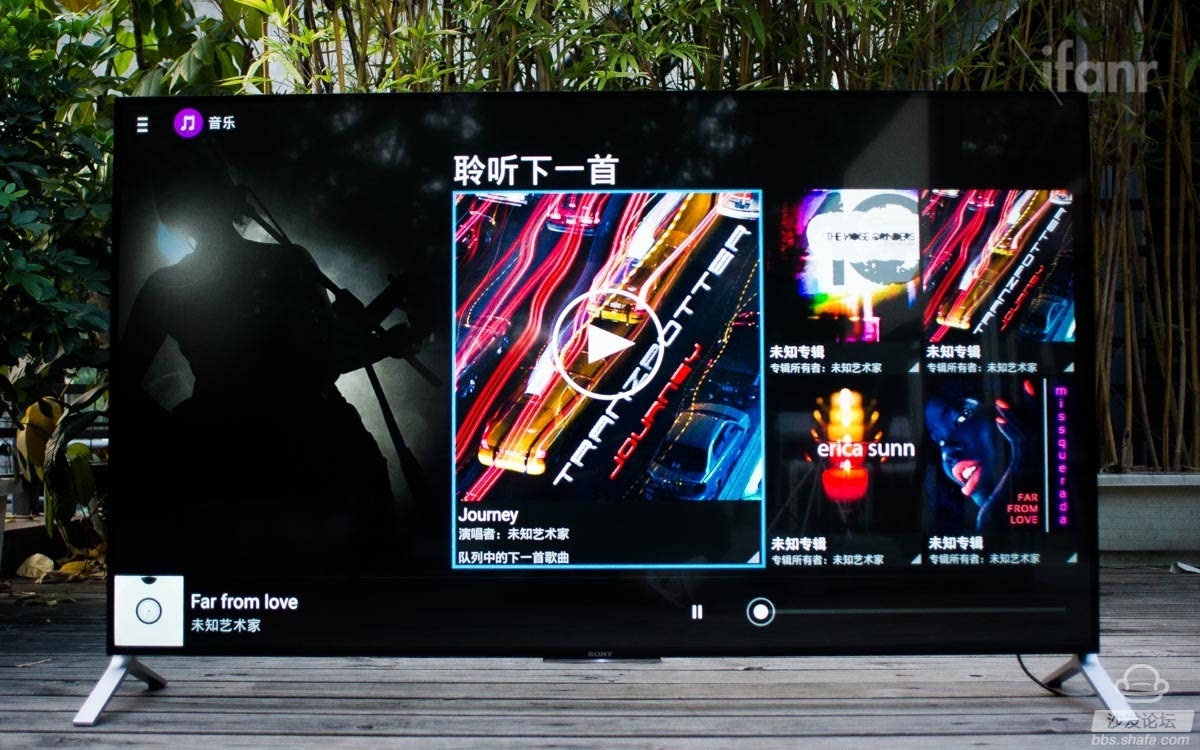
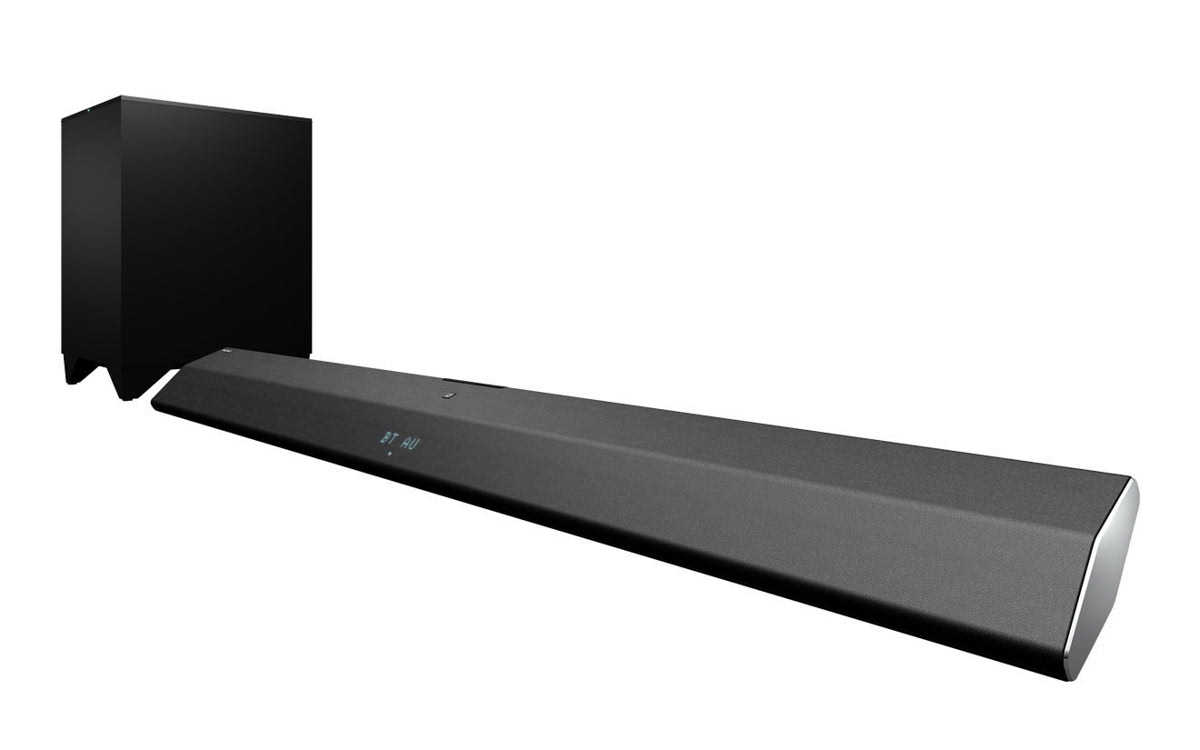
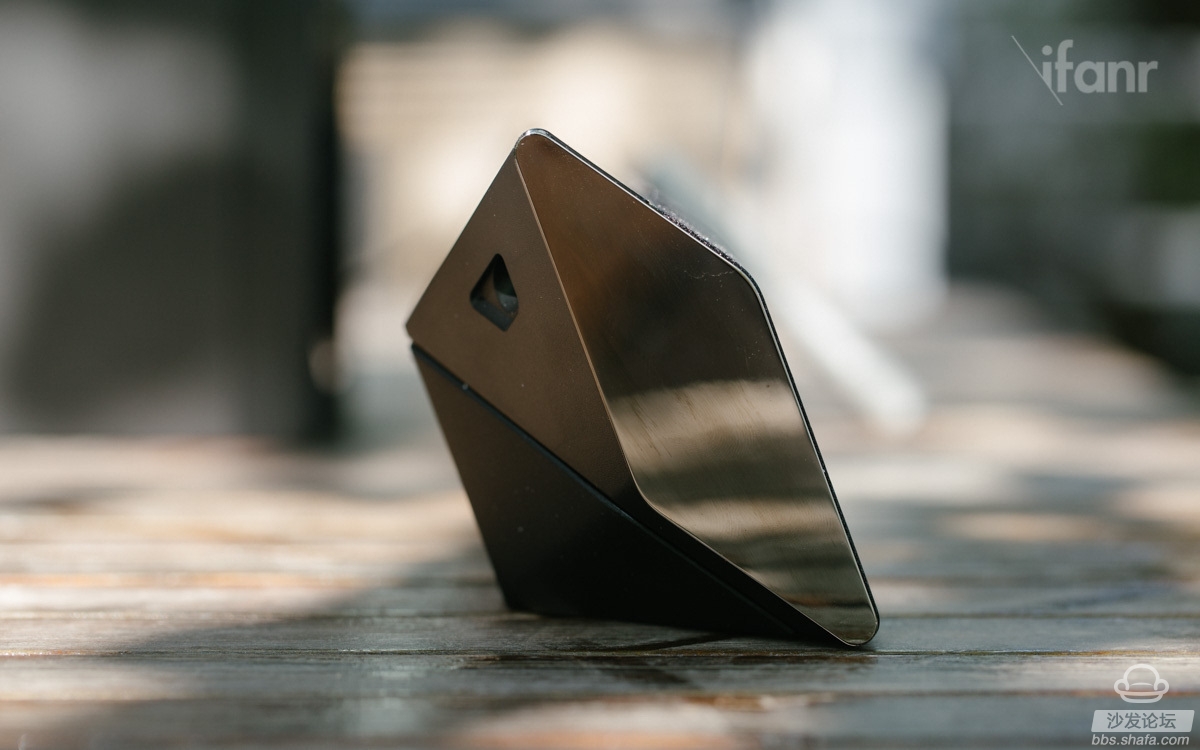
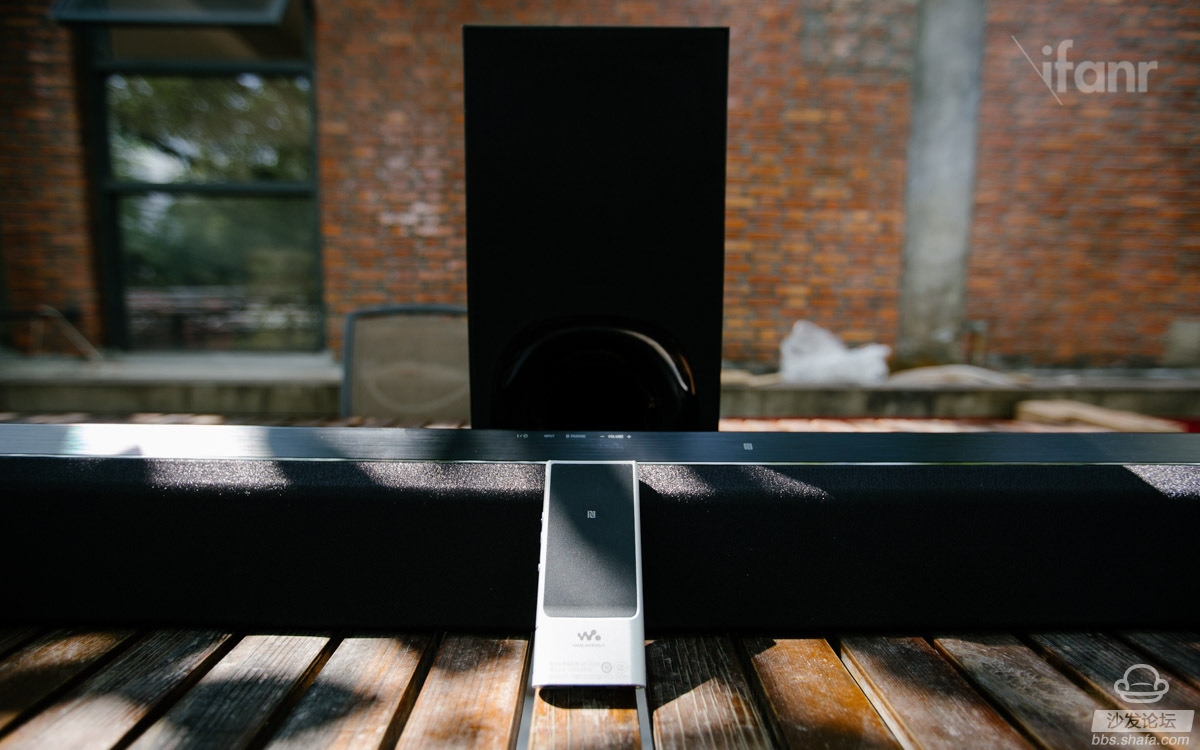
The HT-CT780 supports Sony's exclusive LDAC and SBS transmission technology. With Bluetooth and NFC, it can also take into account other audio playback devices, including Sony's own Walkman player and Xperia phone, which also expands its playability. 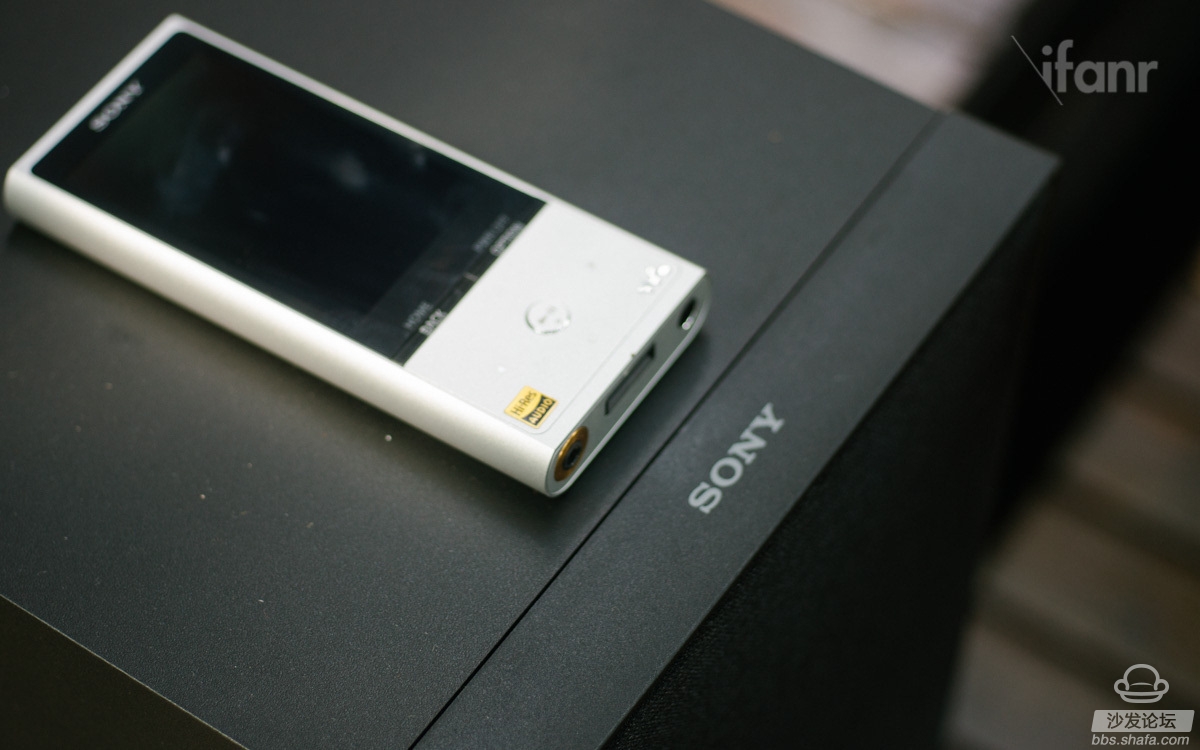
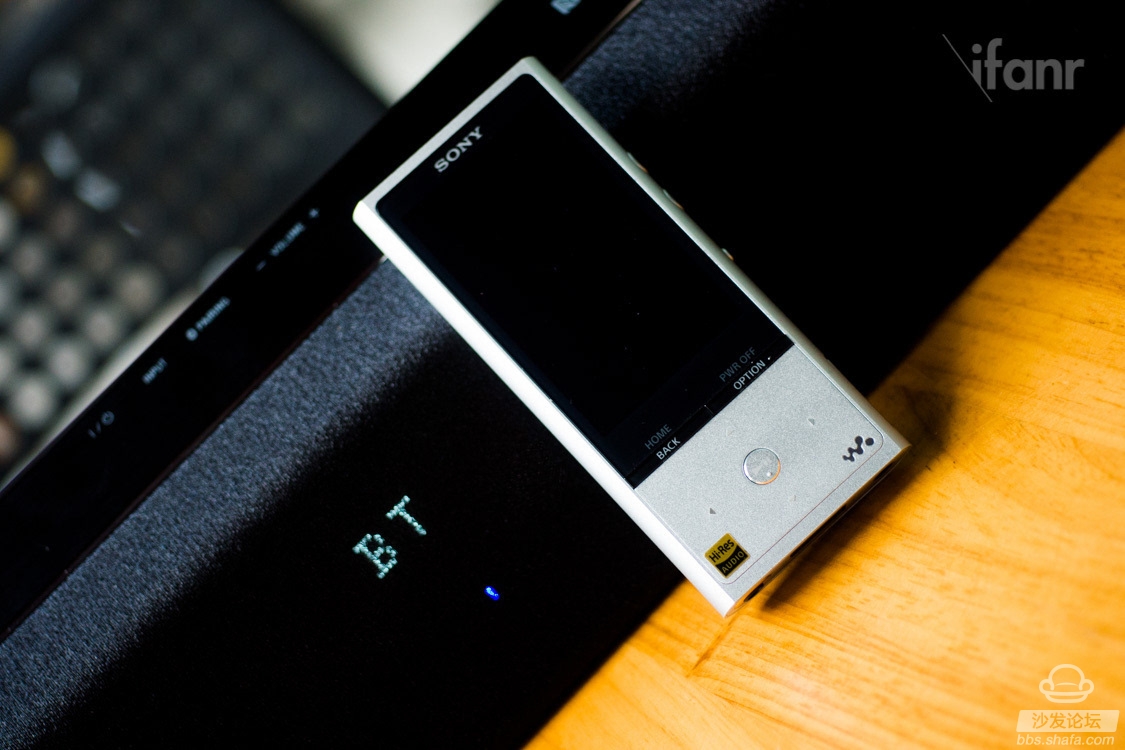
The addition of the HT-CT780 can indeed complete the X9000C's music experience. It is also a good idea to connect the woofer in a wireless manner. Users do not need to think about the traces to be able to find the appropriate position to place the woofer. The best experience has been achieved. 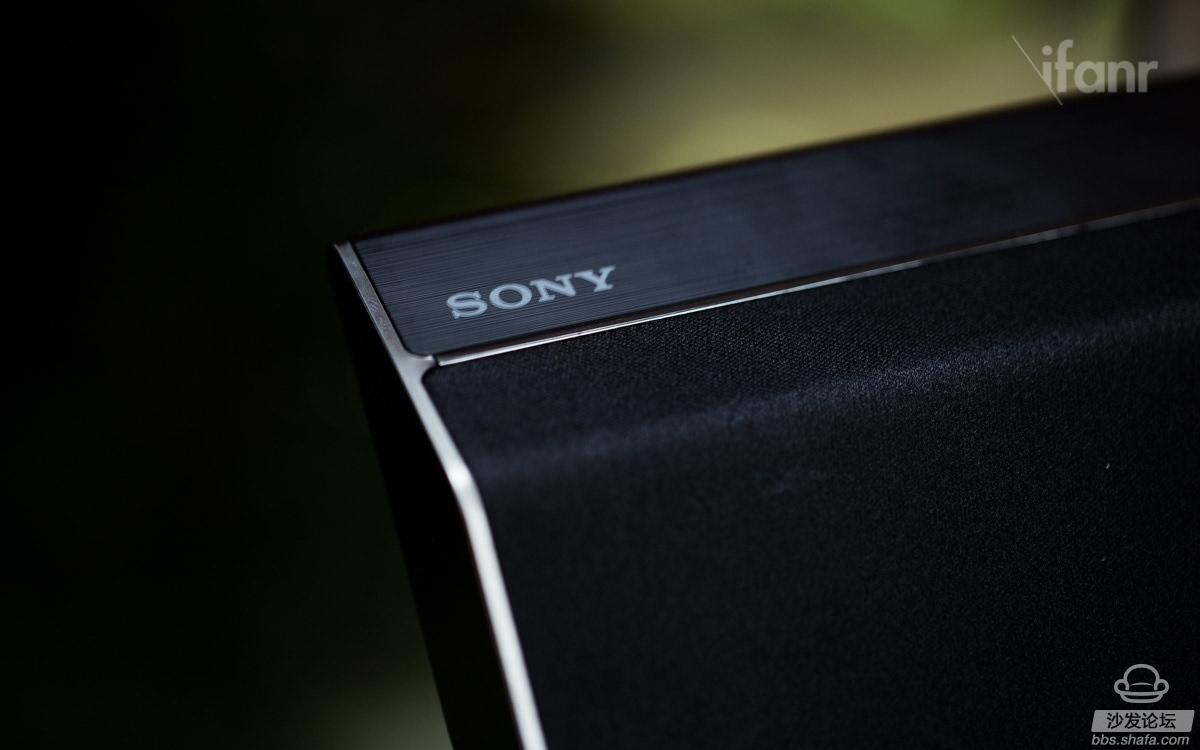
Summary: What Sony wants to do may be a next-generation display device 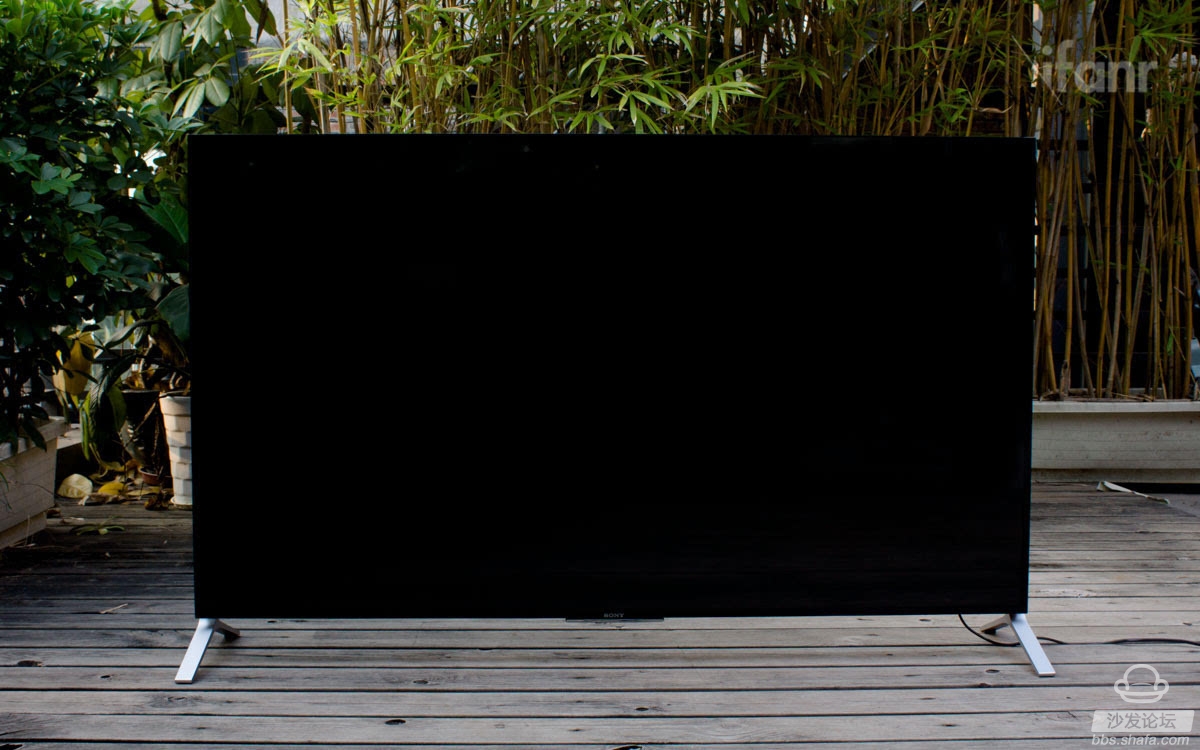
But you said that it is the best smart TV device of the year. I don't agree with this. 
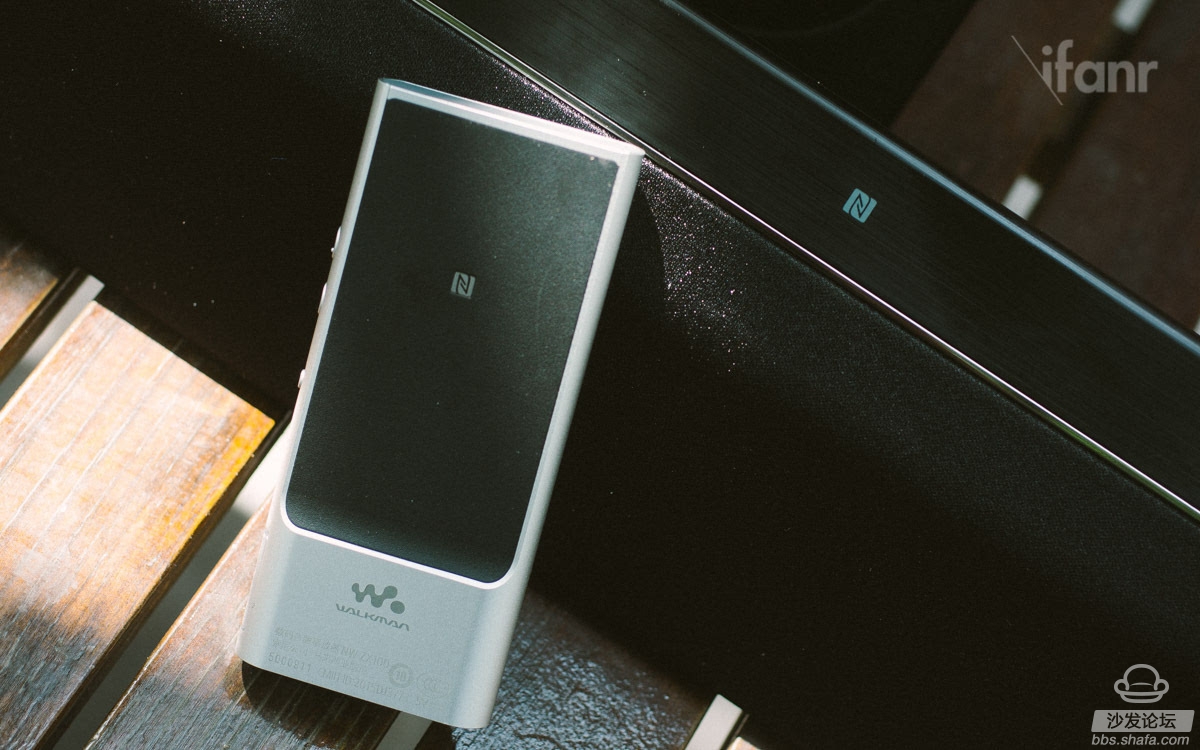
What user is it suitable for?
If you own the X9000C, you also have a Walkman that supports LDAC or SBS. Like me, I like Japanese ACG OST, a kind of grand sensation with digital air and super resolution. It is a word for Sony enthusiasts. Need a thin speaker, so all the way down, HT-CT780 will be your best and even the only choice.
However, if one of the conditions is not met, you will have more and better choices for sitting on the X9000C.
Sony also made "sub-era TV products" BRAVIA X9000C full resolution
Sony is a kid who loves chaotic skill trees.
Today, on the basis of this thickness, they added 4K, 3D, smart systems and other necessary elements of the current TV to create this so-called "sub-TV product" - BRAVIA X9000C.
In addition, Sony also introduced the wireless home audio system HT-CT780 that can be used with all BRAVIA TVs. I believe that the introduction of this system should be completed in order to compensate for the ultra-thin and give up the sound quality of the speaker sound experience.
Sony has always represented the industry's leading level in design and details. The thinnest point is only 4.9mm thick, and still has obvious advantages compared with the iPhone 6s Plus with a thickness of 7.3mm.
At the same time, the X9000C will not lose sight of the details due to its thinness. The details of metal brushing are added to the frame, and the breathing lights at the bottom of the SONY logo are included. These treatments inherited the BRAVIA custom design elements and brought out a kind of Sony's usual exquisite.
The interface coverage of the X9000C is still relatively comprehensive. It includes four HDMI interfaces (support independent output of video and audio), a general analog signal interface, a USB 3.0 interface for connecting storage devices such as U disk and mobile hard disk, and optical fiber. , LAN and other interfaces. From the point of view of interface diversity, X9000C should have no problem to cope with most devices on the market.
Another point to mention is that the X9000C official companion HT-CT780 Soundbar also supports HDMI audio input and output. This means that it can connect wirelessly with the X9000C or other devices, or it can directly transfer digital audio files directly over the HDMI cable. The advantage of this is that it can effectively reduce the loss of the audio file transmission and ensure the quality of the output.
In addition, the X9000C is also equipped with 4K multiplication technology, which can include signals including cable television and low-definition video quality suitable for display on 4K TVs. This is an effective solution for the 4K film source that is not yet fully popular.
On the display side, the X9000C has a good performance on the test chart. On the gray scale test chart, the X9000C can clearly display the eighth item. As for color gamut testing, it can also meet our needs.
The most amazing aspect of the X9000C's picture quality is its detailed expressiveness.
Even if the font is close to the screen shot, the curve of the font can have such a display effect, and the X9000C does not need to worry about the detail expression.
The X9000C is equipped with the MotionFlow XR 800x speed drive, which effectively reduces smearing. Motionflow can provide different optimization modes for users' different usage scenarios, so as to fully realize the corresponding dynamic picture quality optimization.
The X9000C runs an intelligent system based on Android 5.0's deep customization. It includes features such as wireless network links, USB media playback, and BRAVIA Sync. Sony also joins the China Video Digital TV network video client to provide users with simple video resources. The customer can simply use the simplest basic method - U disk, install the sofa butler to expand the application of the TV.
In terms of handling, the X9000C is accompanied by a remote controller with a touchpad in addition to the traditional physical keypad remote control. This remote control is used for the operation of the smart interface, operations in games and applications, and text input functions. At the same time, it also comes with NFC. The user can install the app needed to control the TV on the mobile phone, and then connect it with the remote control via NFC, so that the TV control can be transferred to the mobile phone.
The X9000C's operating system also includes voice control features. Users can do some simple content searches and feature wake-ups via voice. However, the X9000C does not have its own browser application. The built-in application market does not have a relevant browser application, so it also greatly limits the functionality of this voice search.
Two operating systems are shipped on the X9000C, and the Opera TV Store is built into Sony's own app store.
In addition, some content in the store is not optimized for the X9000C.
In terms of system experience, the X9000C is indeed not satisfactory.
The thin-toothed fuselage will not be able to make room for the playback structure. Although Sony has a series of digital audio effects, it still cannot fully compensate for the shortcomings caused by physical conditions.
So, Sony introduced a new speaker for the X9000C series: the HT-CT780.
The HT-CT780 and X9000C have a similar design language. The detail processing also selects the metal wire drawing, and the whole has the same "thin" feature. The body of the HT-CT780 is not too large and can be placed in front of the X9000C without affecting TV viewing. At the same time, it is also accompanied by a separate woofer, which can also guarantee low frequency output in this slender body design.
However, the subwoofer unit will not work when it is put off the TV and connected to these devices. This may be a little inconvenient for users who need bass.
The HT-CT780 with S-Master, S-Force Pro and other audio effects is still full of Sony-style digital taste. The overall sound of the HT-CT780 is cool, the performance of the high frequency in the tri-band is outstanding, the resolving power of the sound and the sense of positioning are strong, and the sound field is not compressed. However, the amount of low-frequency dive is not enough, and tapping the low-frequency is like squeaking water, which is quasi-flexible but not deep. This will have some improvement after connecting the woofer, but the HT-CT780 still has this style.
However, the HT-CT780's preference for music will make it more suitable for one or more of the music. However, for a TV distribution box, it will be more appropriate for multiple types of music to be balanced than to be able to do just one. So on this point, I would think that the HT-CT780 is more like a dedicated music experience device than an ordinary TV distribution box.
The thinnest point is only 4.9mm thick. Adhering to BRAVIA's unique high-quality picture quality and the addition of Sony's latest imaging technology are all important conditions for the X9000C to achieve the “thinest and next-generation display deviceâ€. If you already have a PlayStation Series console or a high-quality Blu-ray player and sound system, it will be the best companion to achieve these devices and give you a great audio and video experience.
The lack of resources for application stores, control optimization, touch remote control with large space for improvement, and systems with unfinished functions have not yet demonstrated the X9000C as a full-scale smart TV device. If you don't have any other content playback devices, or if you really want a full-featured smart TV product, maybe the X9000C is not your best choice.
As for the HT-CT780, as summarized above, it is more like an exclusive device for certain music. Its clear, delicate sound line is only suitable for one or a large class of music, rather than being able to satisfy a wide variety of music like a normal TV box or home theater speaker system. At the same time, it is not Hi-Res, I think it has more room for improvement.